If a cannonball were fired from Arizona to Montana it would curve toward the right because of the Coriolis effect. If it started out going due north it would end up northeast of where it started (blue arrow). If you were trying to hit a target due north of you then you would have to point your cannon toward the northwest (yellow line).
Click on image for full size
Map courtesy of the Perry-Castaneda Library at the University of Texas
The Coriolis Effect
Let's pretend that you're on the top of a mountain in
Arizona and you have a cannon. Let's make it a game; the object of the game is to to fire a cannonball and hit a flag pole that's on the top of
another mountain straight north of you in Montana, almost a thousand
miles (1600 km) away. Which way should we point our cannon?
You might think this is easy - if the flag pole is north we should
point our cannon north, right? This is a good guess but it won't really work. Why? Because the Earth is spinning. The Earth's rotation would make it look like your cannonball was curving to the right so you'd miss the flag pole! This is called the Coriolis effect.
So what should you do? If you point your cannon a little bit toward the northwest, then when it curves to the right it will head right for the flag pole!
The Coriolis effect makes things look like they're curving toward the right in the northern hemisphere and toward the left in the southern hemisphere. This doesn't just work with cannonballs, it also works on winds and ocean currents. The Coriolis effect is what makes hurricanes spin around. It's also important on other planets, in stars, and in space.
You might also be interested in:
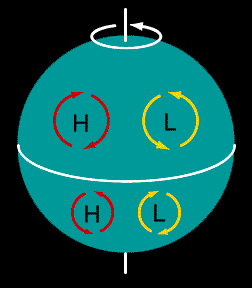
The Earth's spin causes the wind to curve. This is called the Coriolis Effect. The wind in the northern hemisphere curves to the right and the wind in the southern hemisphere curves to the left. When the
...more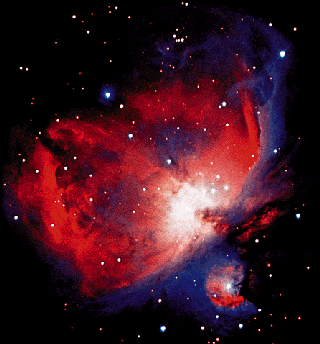
Nebulae are stardust. The gas in nebulae is used to make new stars. Dying stars create nebulae from their gas. While stars are made of very hot, dense gas, the gas in nebulae is cool and spread out. Water
...more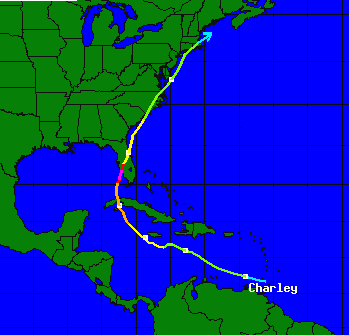
Each hurricane moves across the ocean and usually hits the land too. How do we know which way a hurricane will go? Several different things control where a hurricane goes. Global winds carry hurricanes
...more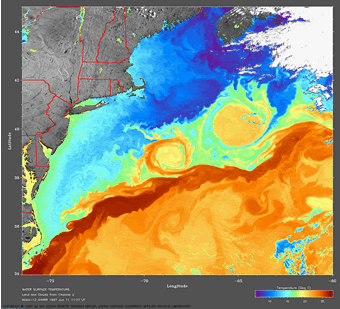
Sometimes water spins away from a surface ocean current. This makes an eddy. The center of some eddies is cooler water while the center of others is warmer water. There isn’t as much marine life or as
...more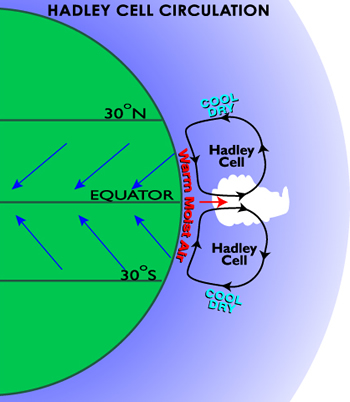
The Hadley cell is a circulation pattern in the atmosphere in the tropics. The Hadley cell produces winds called the tropical easterlies and the trade winds. In the Hadley cell, air rises up into the atmosphere
...more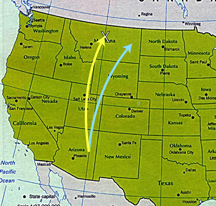
Let's pretend that you're on the top of a mountain in Arizona and you have a cannon. Let's make it a game; the object of the game is to to fire a cannonball and hit a flag pole that's on the top of another
...more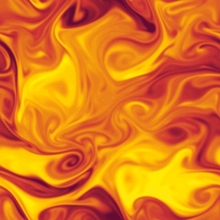
If you've ever ridden in an airplane, you might have some idea what turbulence is. When an airplane flies through a turbulent place in the atmosphere it will bounce around a bit as the wind outside blows
...more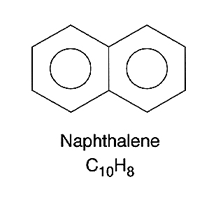
PAH is the short name for "Polycyclic aromatic hydrocarbons". Thank goodness this molecule has a short name! These are long strings of carbon atoms which form a ring. (That accounts for the "cyclic" and
...more














